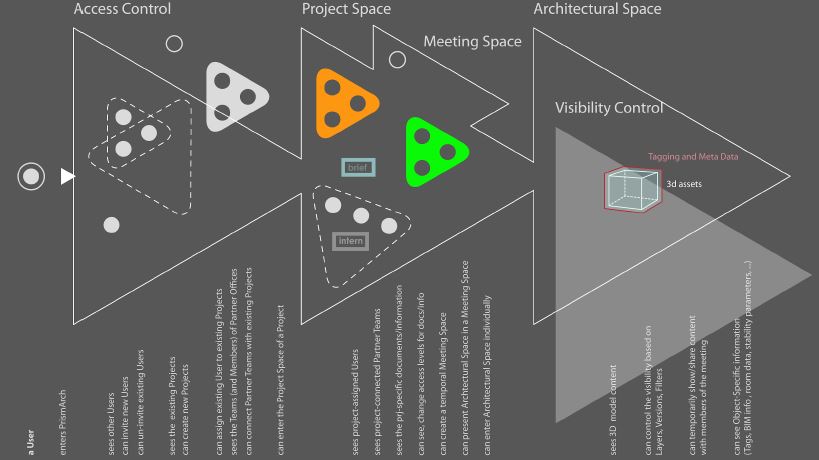Our new report is available, focusing on the cognitive issues in VR-aided design environments and usability guidelines. Based in our prior released study analysing collaborative VR environments by consulting with architects and engineers in exploratory interview sessions, the current report further discusses the distributed cognition approach required in order to model design as a collaborative activity of an entire design team.
A cognitive account of design team activities is developed with a focus on information flows and involved physical and digital design media. UML-inspired sequence diagrams provide an abstract view on team activities in terms of who exchanges information using which media. The approach fosters a comprehensive modeling of the task-specific information flows in a design team on a certain level of abstraction.

A case study on tracing paper therefore completes our study of established design practices. It reveals media-specific aspects of how information should be presented so that the design medium can support human cognition in performing the respective design task at hand.
The aforementioned analyses of established practices in today’s AEC industries will guide our upcoming research activities as well as provide guidelines in the deployment of PrismArch platform.
Read the full report PDF at: https://prismarch-h2020.eu/deliverables/ (Public Deliverable D3.1)

